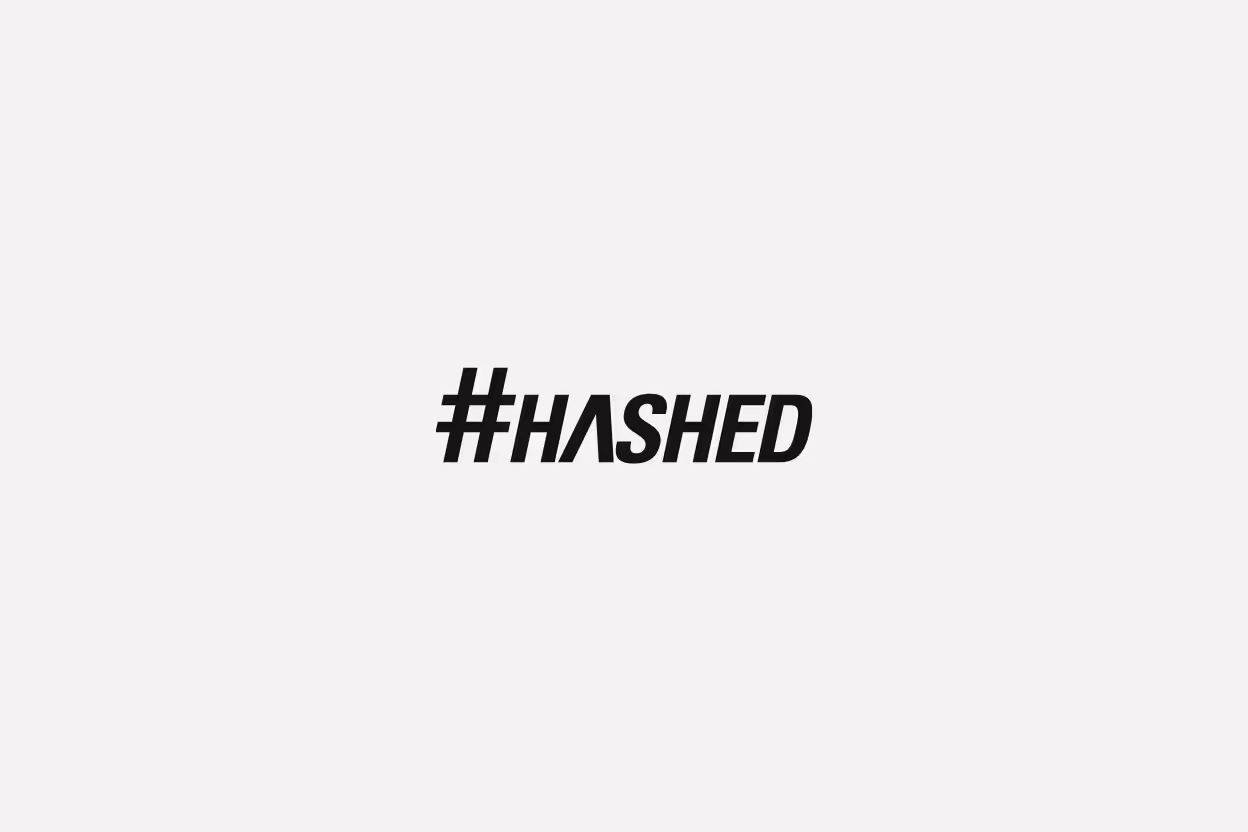In blockchain and smart contracts, when a protocol renounces control, it means the original developers or founders give up the ability to change or manage the code. This act is an important milestone in decentralization, signaling that the project is governed by the community rather than any central authority. For founders and investors in Web3, renouncing control can boost trust and shows a long-term commitment to open, fair governance. After renouncement, the protocol operates autonomously, but questions about updates, security, and governance remain crucial for anyone involved.
Understanding Protocol Renouncement
When a protocol renounces control, it’s more than just a technical move—it signals a clear shift in who holds power. This section breaks down why projects choose this path and how they go about it. Understanding these points helps founders, investors, and the community grasp what happens behind the scenes once control is given up.
Why Do Protocols Renounce Control?
Protocols renounce control for several key reasons that affect trust, legal standing, and governance:
- Trustlessness: When developers renounce control, it means that no single person or group can change the rules at will. This boosts confidence among users and investors by making the protocol truly autonomous. It’s like handing over the car keys to the community rather than keeping them locked away.
- Regulatory Compliance: In some cases, renouncing control can reduce regulatory risks. Centralized control might attract scrutiny from authorities concerned about accountability. By giving up control, projects can distance themselves from liability and position themselves as decentralized networks.
- True Decentralization: Renouncement is a final step toward full decentralization. It signals that the protocol should operate without human interference, allowing governance mechanisms like DAOs or token holders to guide its future. It’s the moment when a project’s vision for decentralization is put to the test.
- Building Community Trust: Renouncing control sends a signal to the community that the team is committed to the project’s long-term future rather than short-term influence. This can encourage participation, improve token utility, and foster a sense of shared ownership.
Methods and Timing of Renouncement
Renouncement isn’t just clicking a button; it involves planned, technical steps and timing carefully tied to a project’s growth.
- How Renouncement Happens Technically: Typically, the project owner or developer revokes any special administrative privileges or ownership over the smart contract. This might mean:
- Transferring ownership to a burn address (an inaccessible wallet).
- Removing the ability to upgrade or change the contract’s logic.
- Setting governance mechanisms that allow community control.
- When Protocols Choose to Renounce: Timing varies based on the project’s goals and stage:
- Post-Launch: Many projects renounce control after initial deployment and testing phases are complete, often once the protocol is stable and gaining users.
- After Governance Is Established: Some wait until a DAO or decentralized governance system is active and effective.
- Strategic Timing: Renouncement can also coincide with major milestones such as mainnet launches, token distribution, or significant funding rounds.
The decision to renounce control strikes a balance between ensuring security, flexibility for improvements, and empowering the community at the right moment. It’s a question of "when are we ready to let go?"
In practice, renouncement means the project moves from being founder-run to community-driven. But it also raises questions: Who will handle emergencies? How will bugs be fixed if no one has control? These challenges highlight why understanding the methods and timing of renouncement is essential for anyone involved in Web3 projects.
Immediate Effects on Protocol Operations
Once a protocol renounces control, the way it operates changes in important ways. The code runs without direct interference from founders or developers, but what happens when upgrades or bugs need to be addressed? What about security risks when no centralized team can act instantly? This section looks closely at how operations adjust right after renouncement, focusing on who manages ongoing changes and the new security landscape.
Who Manages Upgrades and Bug Fixes?
Without a central team holding the keys, handling upgrades and bug fixes depends on the protocol’s design and governance model. There are typically two approaches:
- Decentralized governance: Many protocols rely on token holders or decentralized autonomous organizations (DAOs) to vote on proposed upgrades or patches. This system puts decisions in the hands of the community, requiring collective agreement to implement changes. While this model supports decentralization, it can slow down the process as proposals go through discussion and voting phases.
- Automatic or pre-set mechanisms: Some smart contracts include built-in rules that allow minor fixes or upgrades through autonomous triggers or multisig wallets with thresholds. This setup reduces delays but must be carefully designed to avoid recentralizing control or creating security loopholes.
This shift means everyday maintenance moves away from a centralized team and into the community or automated systems. However, it raises a key question: can the protocol react quickly enough when urgent fixes are needed?
Security and Risk Considerations
Renouncing control can increase transparency and trust, but it also introduces new risks. Without a centralized team ready to patch vulnerabilities immediately, critical issues might linger longer. Here are the main security trade-offs:
- Slower response to threats: If a bug or exploit is discovered, acting fast becomes harder. The community or voting groups may need time to decide on a fix, during which attackers could exploit the vulnerability.
- No emergency override: Since control is given up permanently, there’s no “kill switch” or direct admin access to halt operations in case of severe problems. This open environment ensures immutability but at the cost of flexibility.
- Potential for governance attacks: Decentralized voting can itself be targeted by bad actors trying to push malicious upgrades or delays, especially if token distribution is uneven.
- Increased reliance on code stability: The protocol’s original code must be robust and well-audited since post-renouncement intervention options are limited.
Renouncing control is like handing over the steering wheel of a moving vehicle. The community now navigates, but if the brakes fail or the road changes suddenly, there’s no driver to instantly grab the wheel. This setup demands extra caution during earlier development and governance design.
Understanding these immediate operational impacts helps founders and investors set realistic expectations for what happens after renouncement and how the protocol will survive challenges over time.
Long-Term Impact on Ecosystem and Users
Renouncing control over a protocol marks a significant shift not only in who manages the system but also in how the entire ecosystem and its users will experience and interact with it over time. Once control is given up, the protocol’s future depends on code robustness, community governance, and its ability to adjust to new challenges without direct developer intervention. This section explores the lasting effects on the protocol’s evolution and how it stands up to critical problems without a central team to steer it.
Can a Completely Renounced Protocol Evolve Effectively?
When a protocol no longer has a controlling party, how does it keep up with innovation or respond to changing market demands? This situation presents both hurdles and potential benefits.
Challenges:
- Adaptability slows down. Without a central authority, proposing and approving upgrades depends on the governance model, usually a DAO or token holder vote. This collective decision-making process can be time-consuming and less agile when quick changes are needed.
- Risk of stagnation. If the community lacks active participation or technical expertise, proposals to improve or fix the protocol may stall. This can leave the project stuck on outdated code that no longer meets user needs.
- Coordination complexity. Aligning diverse interests and gaining consensus in a decentralized group becomes harder over time, especially if incentives are misaligned.
Advantages:
- Stronger community ownership. When no single entity controls the protocol, users and stakeholders often feel a deeper connection and responsibility toward its future. It encourages more inclusive governance.
- More transparent evolution. Decision-making happens openly, reducing chances of arbitrary or behind-the-scenes changes that benefit a few.
- Long-term commitment. Without a developer team chasing quick profits or new projects, the community can focus on steady, sustainable growth.
In this environment, effective protocol evolution depends heavily on well-designed governance frameworks, incentive alignment, and engaged, knowledgeable communities. It shifts the demands from rapid technical intervention to patient, collective stewardship.
What Happens if Critical Issues Arise?
Serious bugs or abrupt market shifts often require immediate action. But when no centralized team controls the protocol, how can these urgent problems get resolved without risking further damage?
Here are a few potential scenarios:
- Community-driven emergency responses. Some protocols build in emergency governance mechanisms, like fast-track voting or multisig wallets held by trusted parties. This allows quicker intervention without fully undoing decentralization.
- Pre-set automated fixes. Protocols may include automatic safeguards or upgrade paths for certain critical issues. While this can help, it requires foresight during development and limits flexibility.
- Prolonged vulnerability exposure. Without swift action, bugs can be exploited for longer periods, leading to loss of funds or damage to reputation. This risk is the price of giving up central control.
- Forking as a last resort. If the community cannot agree on solutions quickly enough, some projects resort to forks to apply urgent fixes. Forks risk splitting user bases and fragmenting the ecosystem.
The key question is: can the protocol’s design anticipate and prepare for emergencies while honoring the principle of renounced control? The answer lies in balancing immutable security, flexible governance, and clear responsibility channels.
For founders and investors, understanding these long-term dynamics is crucial. While renouncing control increases trust and decentralization, it demands that the protocol be built for autonomy and self-sufficiency. Without that, users may face frustrating delays or unresolved risks when challenges emerge.
This reality underscores the importance of strong initial design and ongoing active community engagement to keep the protocol healthy and responsive over time. If the community isn't ready to act or lacks tools, renouncement can feel more like abandonment.
Exploring these effects helps clarify what stakeholders should expect and how to prepare for the future after renouncement.
Implications for Founders, Investors, and the Community
Renouncing control over a protocol changes the dynamics for everyone involved. Founders step back from direct management, investors reconsider their risk exposure, and the community takes a more active role in governance. This shift creates a new reality where trust, responsibility, and preparation become key. Let’s look at what this means from both the investor and founder perspectives.
Does Renouncement Increase or Decrease Investor Confidence?
Investor reactions to a protocol renouncing control often vary, depending on their appetite for risk versus security. Renouncement signals that the project is no longer under centralized control, which can be reassuring to many investors.
Why some investors gain confidence:
- Transparency and predictability: When no one can change the code arbitrarily, the protocol’s rules are clear and stable. This builds trust by reducing fears of sudden, unfair changes or insider manipulation.
- True decentralization: Investors attracted to decentralized finance (DeFi) or Web3 often prefer projects where control is dispersed among the community. Renouncement aligns with these ideals and can position the protocol as more credible and aligned with decentralized values.
- Long-term sustainability: Without a dominant controlling party, the protocol might avoid developer conflicts of interest or abrupt pivots, appealing to investors with a long view.
Why some investors may hesitate:
- Reduced ability to react: Without direct control, fixing bugs or adapting quickly to market changes depends on community governance, which can be slow or uncertain.
- Risk of stagnation: If the community is inactive or governance fragmented, the protocol may fail to innovate or address emerging threats, raising concerns about future growth or security.
- Lack of emergency response: The absence of a "kill switch" or admin keys makes handling critical exploits more difficult, making some investors cautious.
Ultimately, renouncement tends to increase confidence among investors who value immutability and decentralization, while those who prioritize agility and fast responses may see it as a risk. Effective communication about governance and security measures can help manage these perceptions.
How Should Founders Prepare Before Renouncing Control?
Giving up control is not just a technical action; it’s a major strategic move that requires thorough preparation. Founders must ensure the protocol can thrive independently once they step back.
Here are some essential steps founders should take:
- Thorough code audit and testing: The code needs to be bulletproof. Every vulnerability or bug must be identified and fixed because post-renouncement fixes become more complex and slower to implement.
- Establish clear governance frameworks: Set up voting systems, DAOs, or multisignature wallets that can handle upgrades, emergency actions, and decision-making transparently and efficiently.
- Build an active and educated community: Without founders in control, the community serves as the protocol’s stewards. Founders should foster engagement, educate token holders on responsibilities, and encourage participation before renouncing.
- Define emergency protocols: Even if control is renounced, emergency mechanisms can be designed to react quickly within decentralized limits, such as multisig approvals or fast-track votes.
- Communication and transparency: Clearly inform investors and users about what renouncement means, potential risks, and how the protocol will operate moving forward.
Founders who approach renouncement without preparation risk leaving the protocol vulnerable or directionless. Proper groundwork builds confidence for both investors and the community, making the handoff smooth and sustainable. It’s like setting a ship on autopilot only once you know the crew is trained and the charts are updated.
Understanding the perspectives and needs of investors and community members helps founders make a confident, secure transition. This ensures renouncement strengthens rather than weakens the project over time.
Best Practices and Case Studies
When a protocol renounces control, it sets a new path for governance and security. Knowing which projects have done this well offers valuable lessons. At the same time, understanding common mistakes helps avoid pitfalls that could leave a protocol vulnerable or stalled. This section highlights protocols that set high standards for renouncement and warns of common errors you should watch for.
Which Protocols Set the Standard for Renouncement?
Some protocols have earned reputations for renouncing control in ways that protect users and maintain trust. These projects often share key traits:
- Strong code audits before renouncement: Leading projects make sure their contracts are rigorously tested and reviewed by third parties. This reduces the risk of bugs since the team won’t control fixes later.
- Clear, transparent communication: The best protocols announce their renouncement plans well in advance and explain how governance will work afterward. This builds confidence and prepares the community.
- Robust decentralized governance: Successful cases implement DAO frameworks or token voting systems that allow the community to manage upgrades and security issues. This shows planning beyond merely revoking keys.
- Emergency procedures: Some maintain multisignature wallets controlled by trusted, decentralized parties or fast-track voting mechanisms for urgent updates. This prevents paralysis during crises.
Examples like Uniswap and Compound come to mind. These protocols renounced control after establishing solid governance and security measures. They have been able to handle upgrades and attacks with community-led coordination, proving that careful planning pays off.
These case studies show that renouncement is not about abandoning responsibility but handing it off with a clear roadmap. This approach helps maintain trust and ensures the protocol stays healthy over time.
Common Pitfalls to Avoid
Renouncing control is tricky. Founders and teams often fall into predictable traps that can weaken a protocol or alienate stakeholders. Avoid these mistakes:
- Renouncing too early: Giving up control before the code and governance systems are mature can leave a protocol exposed to bugs, exploits, or governance deadlocks. Timing matters.
- Lack of communication: If the community doesn’t understand how the protocol will operate post-renouncement, fear and speculation can damage reputation and participation.
- No fallback mechanisms: Completely removing admin rights without emergency plans makes handling crises impossible. This oversight leaves the protocol vulnerable to permanent damage from attacks.
- Weak or inactive governance: Without a strong, engaged community and clear governance rules, proposals and fixes languish. A protocol can become stuck or lose relevance.
- Incomplete audits or rushed testing: Trusting unreviewed code to run independently leads to costly errors, since fixes after renouncement take longer and involve more hurdles.
To prevent these pitfalls, founders should prepare thoroughly, test extensively, and actively involve the community in governance design well before renouncing control. Renouncement must be a well-planned step, not a sudden drop of the baton.
By learning from successful protocols and avoiding common mistakes, projects can make renouncement a true step toward sustainable decentralization rather than a risky gamble. This careful approach benefits founders, investors, and users alike.
Conclusion
Renouncing control marks a key moment in a protocol’s life, establishing decentralization and community governance. Yet, it demands careful preparation to balance trust, security, and flexibility. Without ongoing developer control, protocols rely heavily on well-designed governance and robust code to maintain stability and respond to emergencies effectively.
Founders and investors should weigh the trade-offs between immutability and adaptability, ensuring governance structures empower the community to act decisively when needed. Renouncing control is not the end of responsibility but a transfer of it, requiring an engaged community and clear protocols for upgrades or crisis response.
Decentralization strengthens user trust, but it also requires vigilance to avoid stagnation and security risks. Thoughtful planning and transparent communication are essential steps to make renouncement a durable success and encourage long-term project health.

![What Happens After a Protocol Renounces Control? [Complete Guide for Founders and Investors]](https://cdn.prod.website-files.com/687e5ba1e7fce8bb8ee14664/6884fa1259c4754926c8a166_b4cfb0d5-ac5c-4ac5-8302-e43016d2fd48.avif)







